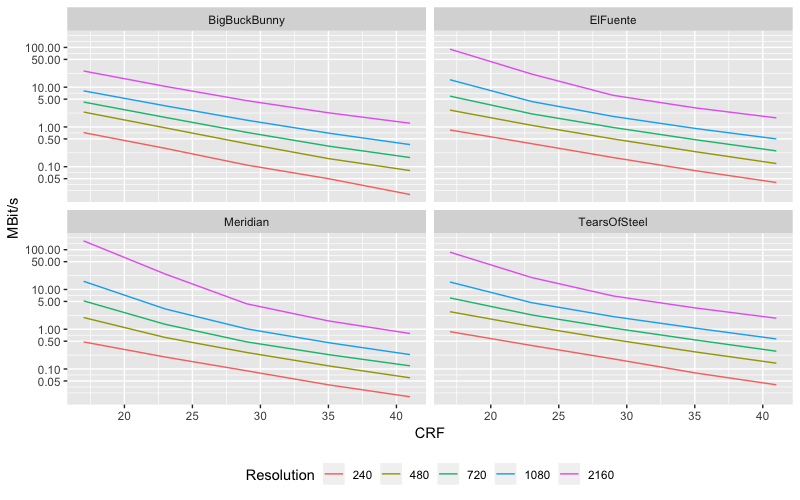

I will be basing my post on the modes supported by the popular H.264 and H.265 encoders x264 and x265, Now, let’s dive into the different modes. Knowing the scenario helps you choose a rate control mode. You want to ensure that the file ends up having a certain size. Encoding for Devices - You want to put your file on a DVD, a Blu-ray, et cetera.Live Streaming - Like 2., but you want the encoding to be done as fast as possible.You need to make sure that the file doesn’t exceed a certain bitrate.



Many people are more familiar with rate control in audio encoders, especially those who-like me-grew up with MP3s. Is not about the nitty-gritty details of Rate-Distortion Optimization. This post is a brief guide on the different modes it explains when you’d use which, as an end user. Why should you care? Often enough, you see examples of video encoding commands that apply the wrong kind of rate control mode or wrong bitrates. Rate control comes in many forms-you’ll recognize the terms “1-pass” and “2-pass”, “CBR” and “VBR”, maybe you know about “VBV Encoding” or “CRF”. Rate control is a crucial step in determining that tradeoff between size and quality. The goal of (lossy) video encoding is to save as many bits as possible, reducing the file size over the original input file, while retaining as What is “rate control”? It’s what a video encoder does when it decides how many bits to spend for a given frame.


 0 kommentar(er)
0 kommentar(er)
